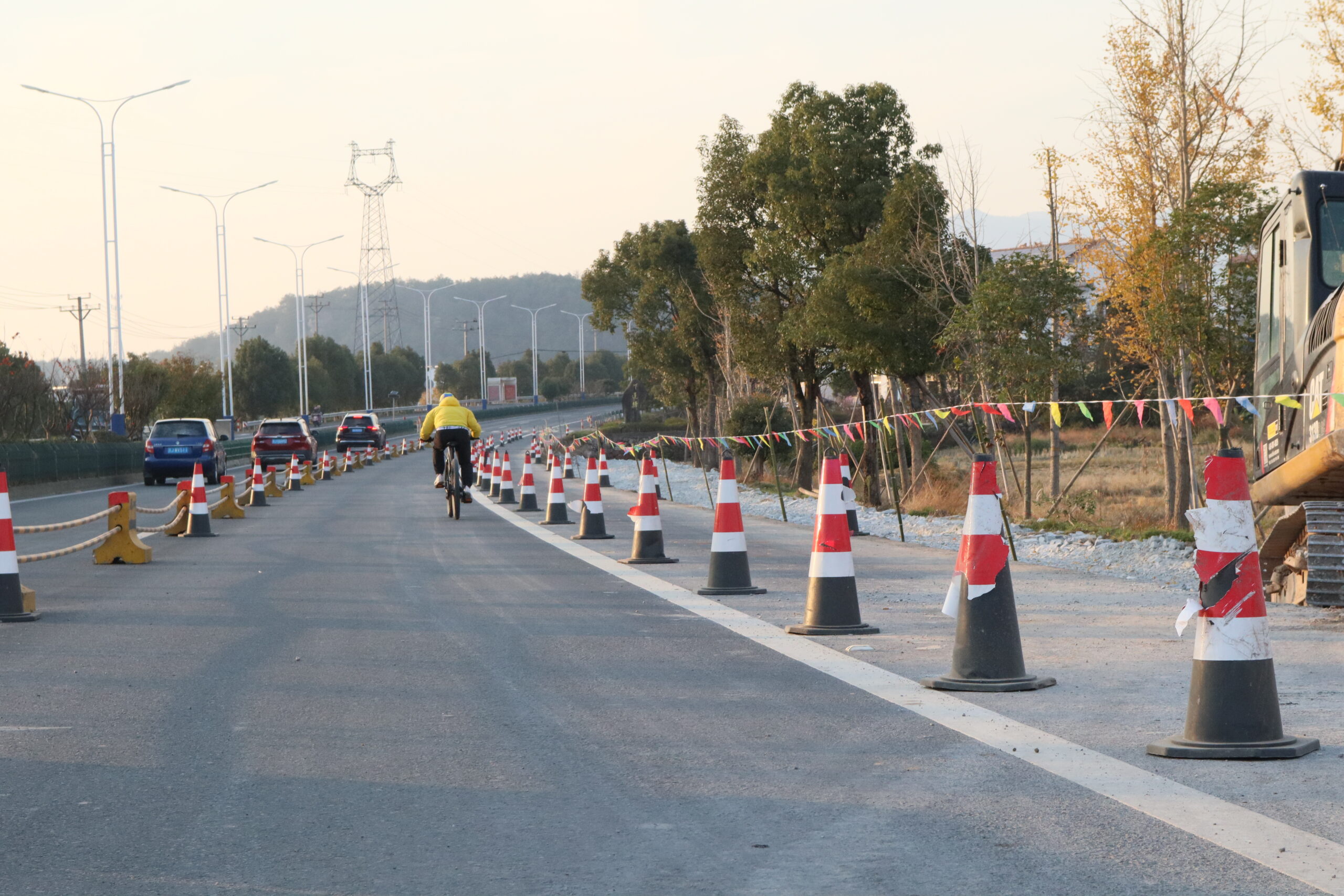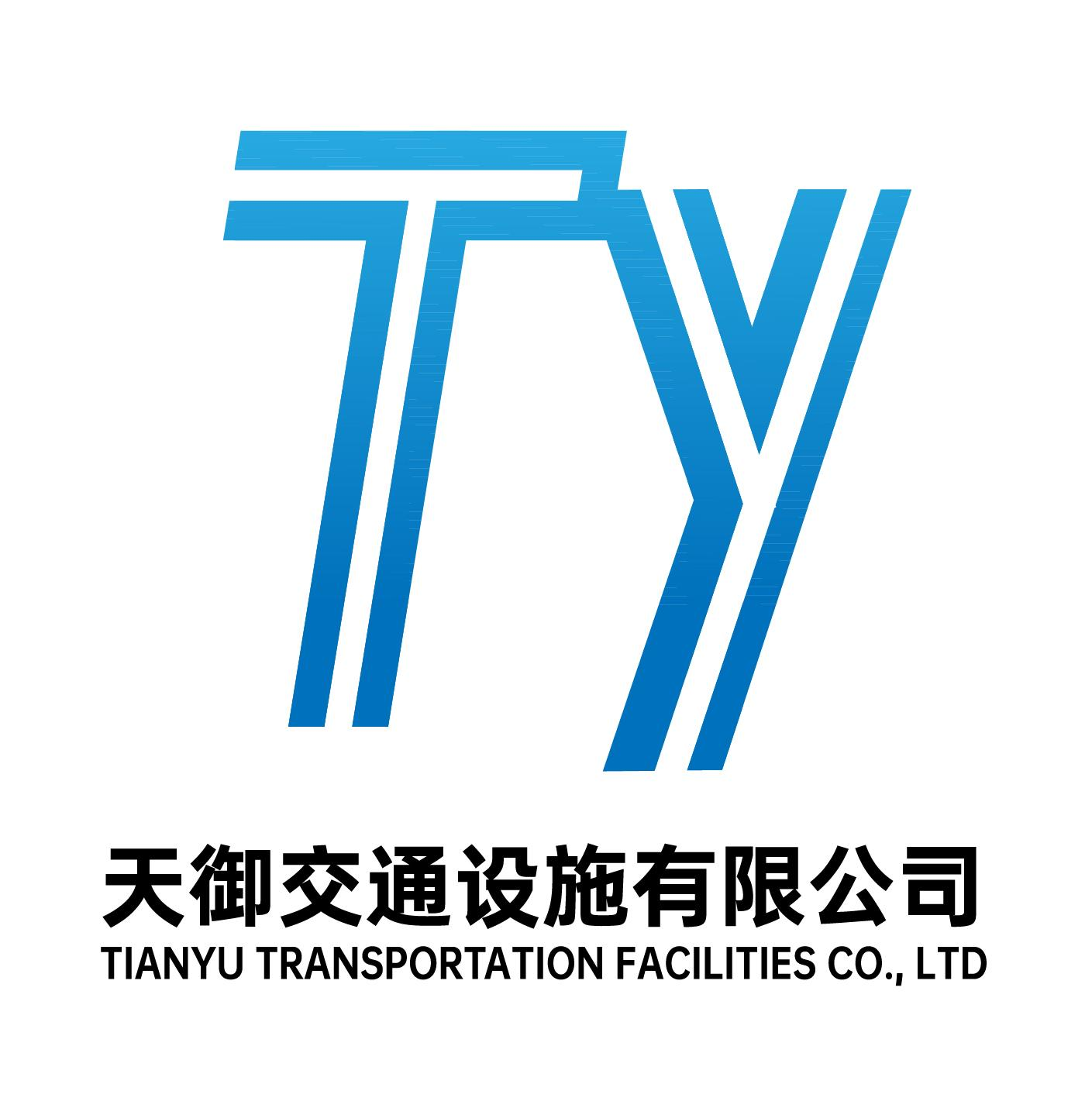
17 Jul How Do Traffic Cones Enhance Road Safety In Construction Zones?
Traffic cones are ubiquitous symbols of road safety, often seen lining construction zones, directing traffic, and alerting drivers to hazards on the road. These simple yet effective devices play a crucial role in protecting both road workers and motorists by providing clear visual cues, delineating work areas, and guiding traffic flow. In this article, we will explore how the Traffic Cones factory enhance road safety in construction zones, examining their key features, functions, and impact on reducing accidents and injuries.
Clearly Marked Work Areas:
One of the primary functions of Traffic cone factories in construction zones is to clearly mark work areas and define the boundaries of temporary traffic control zones. By placing traffic cones along the perimeter of construction sites, road crews can create a visible barrier between construction activities and passing traffic, alerting motorists to the presence of potential hazards and encouraging them to proceed with caution. This helps minimize the risk of accidents caused by vehicles inadvertently entering work zones and colliding with equipment or workers.
Channelization of Traffic:
Traffic cone factories are also used to channel traffic and guide vehicles safely through construction zones. By strategically positioning cones in specific patterns and configurations, road crews can create designated lanes, merge points, and detours to maintain traffic flow and minimize congestion around work areas. Cones placed in a tapering pattern, for example, can signal drivers to merge into a single lane, while cones arranged in a serpentine pattern can guide vehicles through narrow or winding sections of roadway. This helps prevent traffic jams and reduces the likelihood of rear-end collisions and other accidents caused by erratic driving behavior.
Warning of Hazards:
In addition to marking work areas and directing traffic, the Traffic Cones factory serves as a warning device to alert motorists to potential hazards on the road. Cones painted with reflective stripes or equipped with reflective tape are highly visible both day and night, making them effective at signaling changes in road conditions, such as uneven pavement, potholes, or debris. By placing cones strategically around hazards, road crews can give drivers ample time to react and adjust their speed or lane position accordingly, reducing the risk of accidents and injuries.
Temporary Signage Mounting:
Traffic Cones factory often serve as mounting points for temporary signage in construction zones, providing additional information and guidance to motorists as they navigate through the area. Sign brackets or adapters can be attached to the tops of cones to hold signs indicating lane closures, speed reductions, detours, or other important instructions for drivers. This helps ensure that motorists are aware of changes in road conditions well in advance and can adjust their behavior accordingly to maintain safety and compliance with traffic laws.
Flexibility and Durability:
One of the key advantages of traffic cones is their flexibility and durability, which allows them to withstand the rigors of construction zone environments and remain effective over time. Cones are typically made from durable materials such as PVC or polyethylene, which are resistant to impact, weathering, and UV degradation. This ensures that cones maintain their shape, color, and reflective properties even after prolonged exposure to sunlight, rain, snow, and traffic. Additionally, the flexible nature of traffic cones allows them to absorb impact from vehicles without causing damage to the vehicle or injuring occupants, making them a safer alternative to rigid barriers or delineators.
Portability and Ease of Deployment:
Another benefit of Traffic Cones factory is their portability and ease of deployment, which makes them ideal for temporary traffic control applications in construction zones. Cones are lightweight and compact, allowing them to be easily transported to and from work sites and quickly deployed by road crews as needed. This flexibility enables construction crews to adapt to changing traffic conditions and respond quickly to emergencies or unexpected events on the road, helping maintain safety and minimize disruptions to traffic flow.
Compliance with Safety Standards:
Traffic cones are designed and manufactured to comply with strict safety standards and regulations established by organizations such as the Federal Highway Administration (FHWA) and the Manual on Uniform Traffic Control Devices (MUTCD). These standards dictate the size, shape, color, and reflective properties of Traffic Cones factory to ensure better visibility and effectiveness in traffic control applications. By adhering to these standards, road crews can be confident that the cones they use meet the higher safety requirements and provide reliable protection for both workers and motorists.
Conclusion:
In conclusion, Traffic Cones factory play a vital role in enhancing road safety in construction zones by clearly marking work areas, channeling traffic, warning of hazards, providing temporary signage mounting, offering flexibility and durability, enabling portability and ease of deployment, and complying with safety standards. These simple yet versatile devices help protect road workers and motorists alike by providing clear visual cues, guiding traffic flow, and minimizing the risk of accidents and injuries in construction zones. As such, traffic cones are indispensable tools for ensuring safe and efficient traffic control in temporary work zones on roads and highways.



Sorry, the comment form is closed at this time.